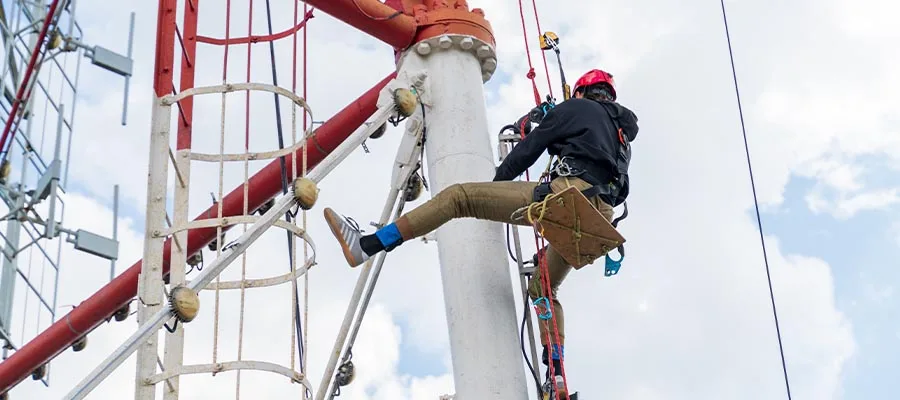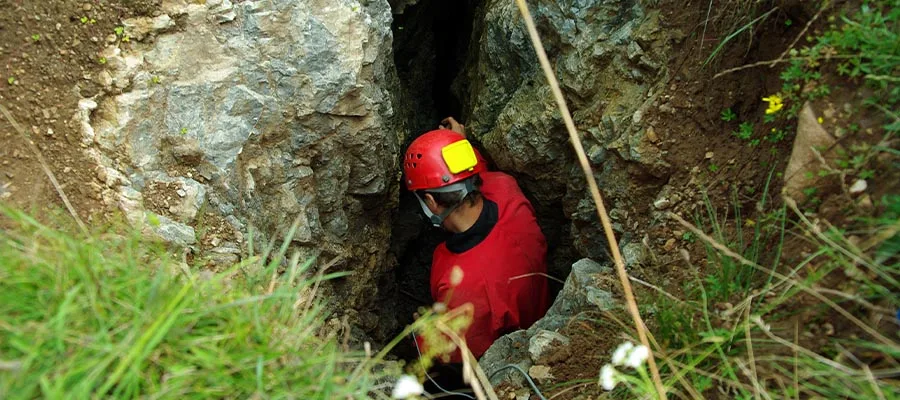Safeguarding Heights and Depths
The Critical Need for Height Safety and Confined Space Rescue Plan
In the dynamic and diverse landscape of Australia’s industries, prioritising safety is not just a legal requirement but a moral imperative. As businesses and organisations engage in activities that involve working at heights or confined spaces, the need for robust rescue plan to be established, rehearsed and tested becomes paramount. In this blog, we delve into the significance of having comprehensive Height Safety and Confined Space Rescue Plans, emphasising their role in safeguarding lives, ensuring compliance, and fostering a culture of proactive risk management.

The Regulatory Landscape:
Australia boasts stringent safety regulations, and for good reason. With workplace accidents being a significant concern, regulatory bodies mandate adherence to strict safety standards. For activities involving working at heights or confined spaces, organisations are obligated to develop and implement effective safety plans. The absence of such plans not only jeopardises the well-being of workers but can also result in severe legal consequences.
Protecting Lives and Assets:
Working at heights and confined spaces inherently carries higher risks. Falls, entrapment, and exposure to hazardous substances are potential threats that demand proactive safety measures. A well-crafted Height Safety and Confined Space Rescue Plan serve as a blueprint for mitigating these risks, outlining preventive measures, emergency response procedures, and rescue protocols. By investing in safety, organisations not only protect the lives of their workforce but also safeguard their reputation and assets.
Proactive Risk Management:
The essence of safety planning lies in its proactive nature. Anticipating potential hazards and planning for emergencies ensures that, in the event of an incident, a swift and effective response is in place. Height Safety and Confined Space Rescue Plans empower organisations to identify and address risks before they escalate, creating a safer work environment and reducing the likelihood of accidents.
Fostering a Safety Culture:
Beyond regulatory compliance, a commitment to safety cultivates a positive workplace culture. When employees witness an organisation prioritising their well-being, it instils a sense of trust and loyalty. Height Safety and Confined Space Rescue Plans become integral tools in nurturing a culture where safety is not just a checkbox but a shared value embraced by every member of the team.
Conclusion:
In the Australian workplace landscape, where safety is non-negotiable, the need for Height Safety and Confined Space Rescue Plans cannot be overstated. These plans are not just documents; they are living frameworks that protect lives, ensure compliance, and fortify the foundation of a resilient and responsible organisation. As businesses continue to evolve, investing in comprehensive safety measures is not just a legal obligation but an ethical imperative—one that echoes the sentiment that every worker deserves to return home safely after a day’s work.

